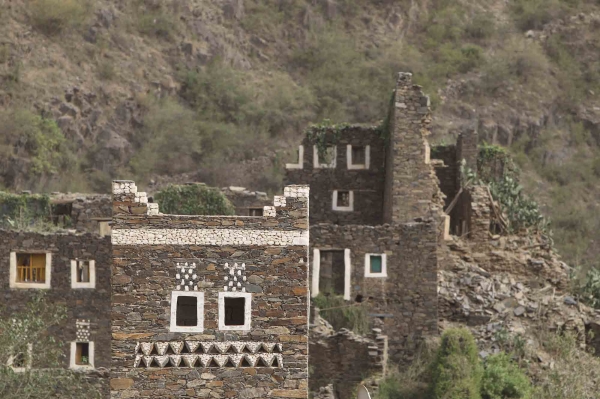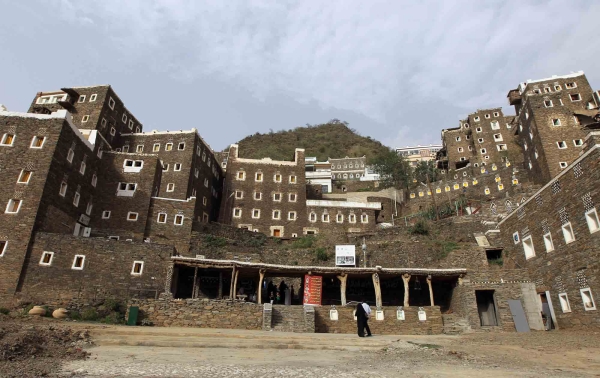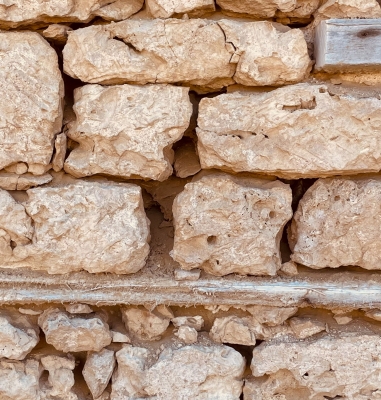

Stone Houses in Aseer are a form of construction that characterizes the urban identity of Aseer Province, southwest of the Kingdom of Saudi Arabia, and one of the traditional patterns of urban heritage in the southern provinces. They consist of forts or castles built in ancient times for fortification during maneuvers and wars. The province includes about 4,275 heritage villages, throughout which stone houses are built. Most of these architectural styles in building stone houses were formed throughout history as a result of climatic, topographical, social, and economic factors. Stone houses are among the strongest types of construction in Aseer Province considering they were built during ancient times.
Building stone houses in Aseer
The construction of stone houses in Aseer is diverse. It primarily relies on pure stone extracted from the mountains of the province. This type of stone is one of three natural building materials, along with tree trunks, which are trimmed and stacked atop each other with clay. The specific stone, which is key for building stone houses in Aseer, is called 'al-Hayoud', while the clay mixed with hay and wheat residue placed on top is called 'al-Khalb'. Subsequently, the builder lays the layers in the stone construction, also known as a course. Once one layer dries, another is placed on top until the wall or floor is completed. Some stone houses in Aseer consist of up to five floors.
Using clay to build stone houses
Pure clay is used to build stone houses in Aseer. It requires solid ground to replace the stone foundation. Clay is layered directly, and thin rock or stone sheets are stacked during the construction of walls. The primary role of these sheets is to protect the clay from rain and cold, and this process is known as 'al-Raqef'. The stone is included in the construction of the main walls of the building and the partitions between the rooms. Flat stones are used to cover some ceilings and floors or in neighboring and adjacent buildings.
Related quizzes


